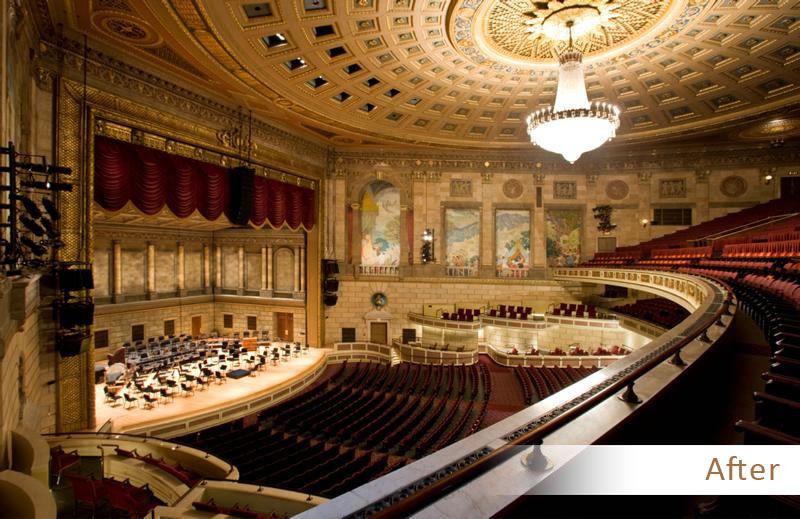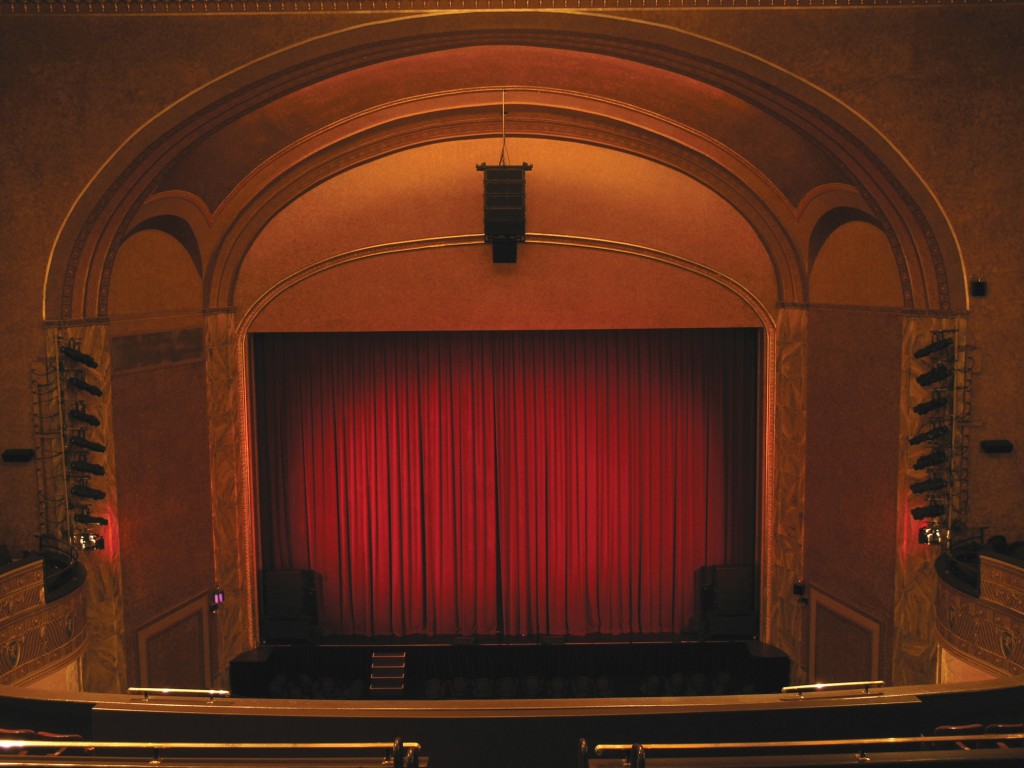
Some of the most important new developments in electro-acoustic design are from Akustiks associates Jordan Lytle and Sam Brandt. With their hands-on experience in live concert mixing and recording engineering, along with more than 20 years working on the design and installation of sound and technical communication systems, Lytle and Brandt understand the needs of their clients. They can help shape the products manufacturers bring to market to suit their needs better. While their varied work experience allows them to design functional and easy-to-maintain systems from an operator’s perspective, it is also invaluable to manufacturers, who rely on them for a reality check when developing new electro-acoustic technology.
Akustiks also takes an active role in developing new products and custom versions of existing products. This places the firm at the forefront of technical development. Such an approach enables Akustiks to ensure that future products fit hand-in-glove with a client’s needs; it also allows Akustiks to shape these systems to better meet the demands of the performance venues and the people operating them. Akustiks has also reinvented the technical communications systems for the performing arts projects it is now designing. This new sound technology is revolutionary in several essential ways. Imagine controlling every element in a facility’s electro-acoustic universe—speakers, microphones, public address systems, intercoms, assistive listening devices, paging systems—from a single, central source. This fully integrated technology can be modified and manipulated remotely. Akustiks has adapted existing broadcast technology for the performing arts world. The system relies on digital technology instead of analog technology. This means that the system remains under the control of the acoustical engineer and the client. It can be addressed remotely, and it can constantly change according to the environment it is used in.
TYPICAL SOUND SYSTEM PROJECTS
The Showroom; Planet Hollywood, Las Vegas, Nevada | The New Yorker Theatre; Toronto, Canada | The Boyd Theatre; Philadelphia, PA | Cleveland Institute of Music; Cleveland, OH | Plaza Performing Arts Center; El Paso, TX

KEY CONSIDERATIONS
The following features distinguish the new sound system technology by Akustiks that should be making its way into projects now on the boards.
- Expandable – The ability to be reconfigured over time to suit the changing needs of a performance space based on their needs. The new system does not rely on particular hardware that can make expansion difficult.
- Upgradable – Firmware updates mean the system will rarely become obsolete. This is one of the most obvious advantages to a system that does not rely on a microprocessor for operation.
- Compatible – The ability to seamlessly integrate with broadcast and road show technical communications systems worldwide. Compatibility is enhanced by the fact that the control is found in a single source, fully integrating all of the system’s auxiliary functions.
- Dependable – A robust platform to ensure trouble-free operation during performances. Because computers for operation are not necessary, this system
will not “crash” or “lockup”—a system operator’s nightmare.